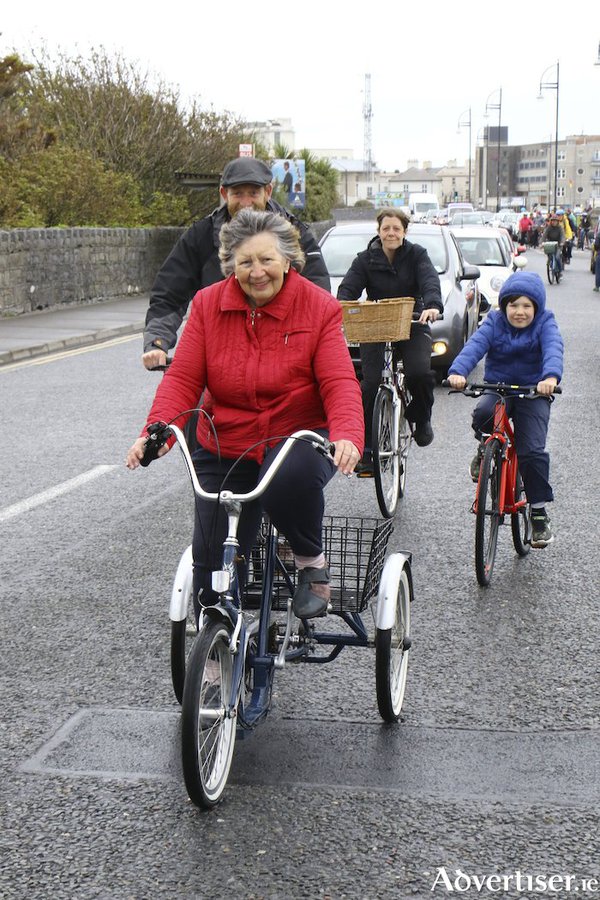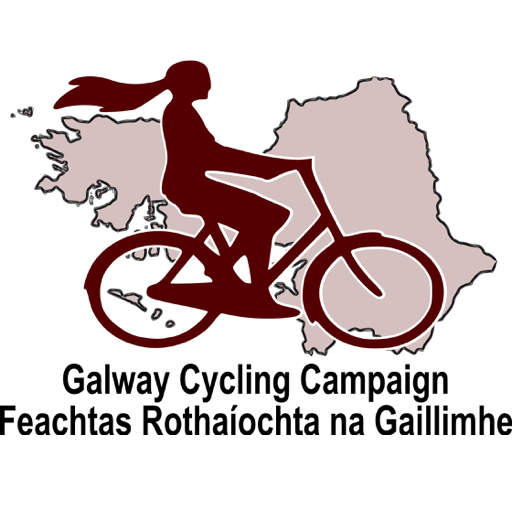Category: News
-

Fiche bliain ag fás: Lots of space to try a Salthill Cycleway
By Martina Callanan And Kevin Jennings
On Monday, Galway City Councillors once again have the opportunity to be world leaders in Active Trav…
-
Bike Week 2020
This year Bike Week looks a little different. We’ve organised online meetings, info sessions and working groups since March, and so we’re using this experience to bring you a series of webinars with guests from Ireland, Europ…
-
The Art of the Possible: Galwegian leads technical design of dlr’s Coastal Mobility Route
Galwegian and road engineer Conor Geraghty will be a guest speaker at a special online webinar tonight, Thursday 17 September, to discuss ‘The Art of the Possible: The Coastal Mobility […]
